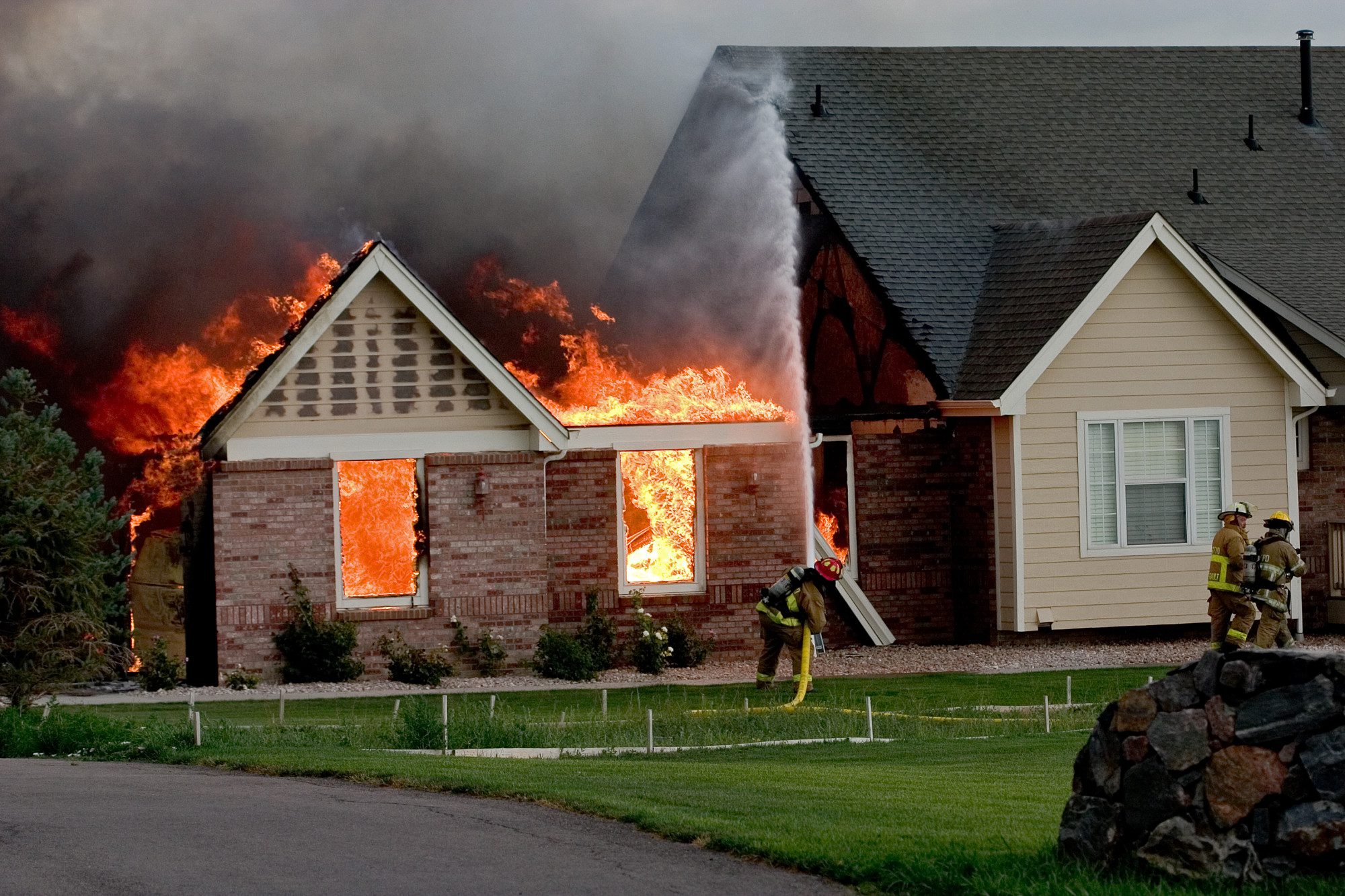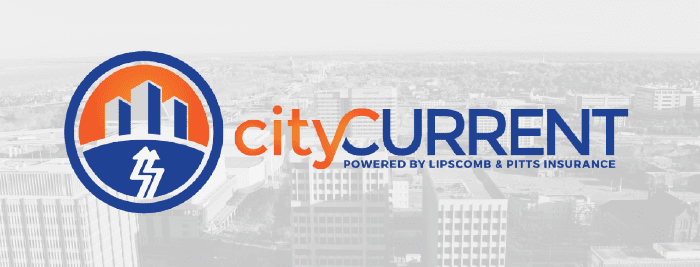
Dwelling Fire Coverage Options
If you own rental or investment properties, you need to protect them from a host of potential perils, including fire, lightning, vandalism and theft. If your primary residence is located on the rental or investment property, a homeowners policy would cover you from many of the potential risks. But what if you live somewhere else? A dwelling fire policy may be the type of coverage you need to insure your rental or investment property from damages.
Dwelling Fire Policy Basics
Despite the name, a dwelling fire policy can protect your properties from much more than just fire damage.
The coverage is very similar to a homeowners policy, with one significant difference—a dwelling fire policy is created for a landlord that does not make the property his or her primary residence. If you need to insure a rental or investment property but not the personal property inside, a dwelling fire policy is a smart decision.
To be eligible for a dwelling fire policy, the property generally needs to be one of the following:
- Single family home
- One- to four-person family dwelling
- Older home worth $50,000 or less
- Vacation, seasonal or second home
Differentiating the Dwelling Policy Types
Just like homeowners policies, there are several different types of dwelling fire coverage. DP-1 is known as the basic form, DP-2 is known as the broad form and DP-3 is known as the special form. Each provides a significantly different level of coverage.
DP-1: Basic Form
The basic form is a “named perils” policy (that is, the policy explicitly names what perils are covered) and covers losses due to:
- Fire
- Lightning
- Internal explosion, such as a stove or water heater
There are two optional endorsements available with DP-1 coverage:
- Vandalism or malicious mischief (V&MM)
- Extended coverage, which includes damages due to the following:
- Hail or windstorms
- Other explosions
- Riot/civil commotion
- Aircraft or vehicles
- Smoke
- Volcanic eruptions
Claims under a DP-1 policy are settled on an actual cash value (ACV) basis by default—however, you can sometimes opt for a replacement cost value (RCV) policy for an additional cost.
The DP-1 form is usually the form of choice for vacant homes or properties, and it may be the only option for these dwellings.
DP-2: Broad Form
The broad form is also a named perils policy and covers the same perils as the basic form, with certain additions:
- Extended coverage and V&MM coverage are automatically included
- Burglary damage
- Weight of ice and snow
- Glass breakage (as long as the building was not vacant for 60 or more days before a loss)
- Accidental discharge or overflow of water or steam (as long as the building was not vacant for 60 days before a loss)
- Falling objects (such as trees)
- Freezing of pipes
- Electrical damage
- Collapse (due to decay, vermin or insect damage, or other perils)
- Tearing apart, cracking, burning, bulging
Unlike the DP-1 form, the DP-2 form settles claims on a RCV basis.
Loss of rent coverage may be included with a DP-2 policy. If tenants are forced to move out while the landlord repairs the dwelling due to damage caused by a named peril, this coverage would reimburse the landlord for rent lost during the process.
DP-3: Special Form
The DP-3 form is the most comprehensive dwelling fire coverage available. It is an “open perils” or “all risk” policy, which means real property (dwelling and other structures) will be covered for all types of damage, except those exclusions named in the policy. However, damaged personal property (all the items inside the dwelling and other structures) is covered on a named perils basis.
DP-3 form exclusions vary, but will typically include some or all of the following:
- War
- Water damage
- Laws and ordinances
- Neglect
- Intentional loss
- Mold, rust, rot and other gradual losses
- Certain types of water damage
- Earth movement, such as earthquakes
- Governmental action
Damages are covered under a RCV basis by default.
Which Form is Right For You?
All three dwelling fire policy forms can be valuable, depending on what kind of property is being insured.
DP-1 coverage is ideal for vacant buildings, as the other two policies will not cover such structures. It only offers the very basic coverage to a landlord.
Whether you choose a DP-2 or DP-3 policy depends on several things—cost, perils covered and ACV versus RCV—but a cost-benefit analysis should always be conducted before purchasing a dwelling fire policy. We can help you do just that—contact Lipscomb & Pitts Insurance, LLC today to learn more about what type of dwelling fire policy is right for you.


